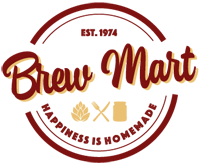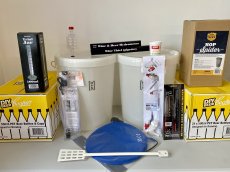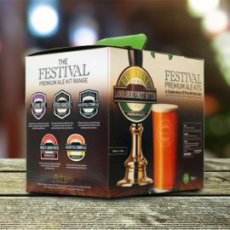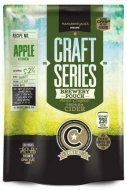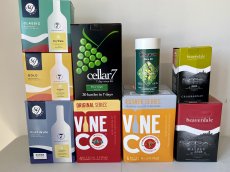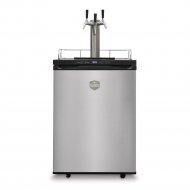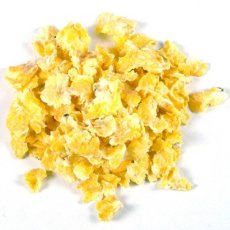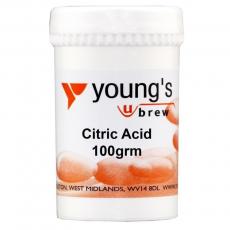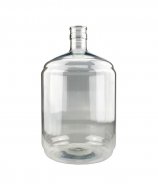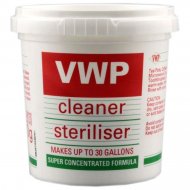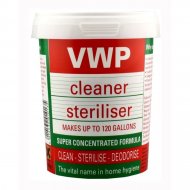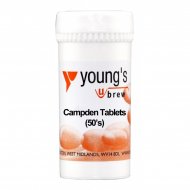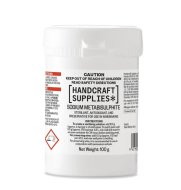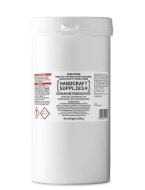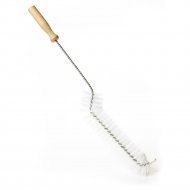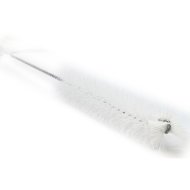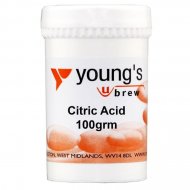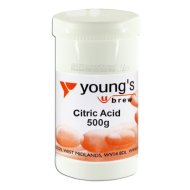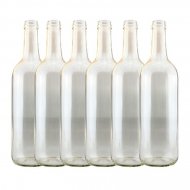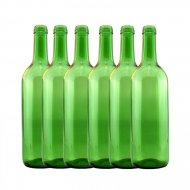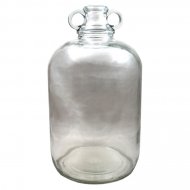Winemaking Sanitisation
Cleanliness and Sterility
Complete cleanliness is most important to the winemaker. All vessels, bottles, and equipment must be visually and chemically clean. Airborne yeast, vinegar and other bacteria can only be kept at bay by constant vigilance.
It is important to distinguish between cleanliness and sterility.
Cleaning
For the simple cleaning of bottles, casks and brewing equipment which have heavily soiled surfaces, ordinary cleaning solutions can be used either
Soda 125 g (4 ounces) washing soda in 5 L (one gallon) of water
Or
Hypochlorite 25 g (one fluid ounce) domestic bleach in 5 L (one gallon) water
Rinse thoroughly afterward.
Winemaking Sanitisation
It means what it says: not only cleaning but killing any bacteria present as well
Recent advancements in brewery cleaning chemicals have led to the creation of multi-action products like VWP. A brief soak quickly removes and rinses any surface dirt and bacteria, leaving bottles and jars sparkling clean and sterile with minimal effort.
Sulphite
Preparing your own sterilant is less expensive. You can use sulphite, sodium, or potassium metabisulphite, which is available either as Camden tablets (ordinary fruit-preserving tablets) or in crystalline form.
One Campden tablet contains 7g, 0.44 g or 50 ppm in 1 gallon.
Prepare a sterilising solution by dissolving six tablets and 10 g (approximately two level teaspoons) of citric acid in 500 ml (one pint) of water. Rinse the solution through all your jars, bottles, and equipment. It should be stored in a tightly sealed bottle; otherwise, it will deteriorate. Avoid inhaling the fumes, especially if you have asthma.
A small quantity can be used to fill numerous jars and bottles by transferring the liquid from one to another, corking, rolling, and shaking each container in turn to ensure that all areas of the interior are moistened. Wipe around the neck of the bottle with cotton wool soaked in the solution.
Glass jars, carboys, and bottles can be safely restored and kept sterile if half an inch of the solution is left in each bottom and tightly corked.
Sulphite has additional uses; it can prevent unwanted bacteria and wild yeast before fermentation.
To purify a must before fermentation, use one Campden tablet
On second racking, use one Campden tablet
To stabilise wine completely, use 2 to 3 tablets per gallon
Remember to work in a well-ventilated room and avoid inhaling the fumes. They can irritate the eyes, nose, and throat.
